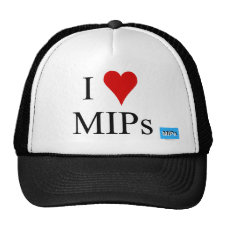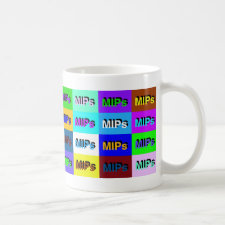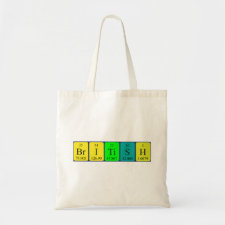
Authors: Zhu GF, Gao X, Wang XL, Wang JJ, Fan J
Article Title: Influence of hydrogen bond accepting ability of anions on the adsorption performance of ionic liquid surface molecularly imprinted polymers.
Publication date: 2018
Journal: Journal of Chromatography A
Volume: 1532
Page numbers: 40-49.
DOI: 10.1016/j.chroma.2017.11.057
Alternative URL: https://www.sciencedirect.com/science/article/pii/S0021967317317454
Abstract: To illuminate the influence mechanism of anionic structure of ionic liquids (ILs) on the adsorption performance of surface molecularly imprinted polymers (MIPs), in this work, six newly designed MIPs were prepared on the surface of amino-poly(styrene-divinylbenzene) particles by using imidazolium ILs with the same cation [C4mim]+ but different anions (Cl, CH3SO3, PF6, BF4, C4F7O2, C4F9SO3) as template molecules, methacrylic acid as functional monomer, and ethylene dimethacrylate as cross-linker. The resulting MIP materials were characterized by IR and SEM, and the influence of hydrogen bond accepting ability of anions on the adsorption performance of the MIPs for the ILs was investigated in acetonitrile. It was found that adsorption capacity of the MIPs towards the ILs decreased in the order MIP[C4mim][Cl] > MIP[C4mim][C4F7O2] ³ MIP[C4mim][BF4] and MIP[C4mim][CH3SO3] > MIP[C4mim][C4F9SO3] > MIP[C4mim][PF6], which is in good agreement with the ability of anions of the ILs to form hydrogen bonds. Ultraviolet, 1H-NMR and 35Cl-NMR spectroscopy was then used to study the interactions of anions of the ILs with the functional monomer. It was found that the hydrogen bond interaction between anions of the ILs and acidic proton of the functional monomer was the main driving force for the high adsorption selectivity of the imprinted polymers, and the stronger hydrogen bond interaction indicates higher binding capacity and higher selectivity of the polymers towards the ILs. It was also verified that the ILs with stronger hydrogen bond accepting ability of anions could be selectively extracted by the corresponding IL-MIPs. These results may provide new insight into the recognition mechanism of MIPs for ILs, and are also useful for the rational design of this new class of imprinting materials
Template and target information: anions, chloride, Cl-, methylsulfate, CH3SO3-, hexafluorophosphate, PF6-, tetrafluoroborate, BF4-, perfluorobutanoate, C4F7O2-, perfluorobutylsulfate, C4F9SO3-
Author keywords: hydrogen bond, Ionic liquid, anion, molecularly imprinted polymer



Join the Society for Molecular Imprinting

New items RSS feed
Sign-up for e-mail updates:
Choose between receiving an occasional newsletter or more frequent e-mail alerts.
Click here to go to the sign-up page.
Is your name elemental or peptidic? Enter your name and find out by clicking either of the buttons below!
Other products you may like:
 MIPdatabase
MIPdatabase









